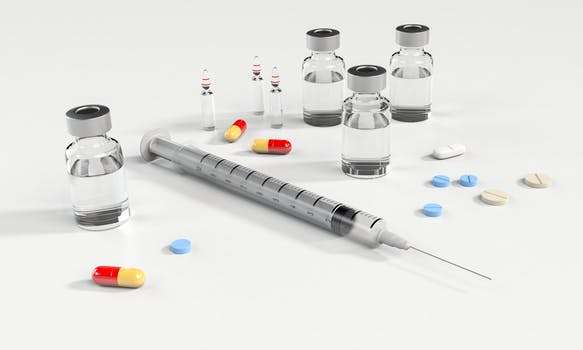Drug-induced Fever
How to suspect that your medicine is the cause of fever
Definition
Drug-induced fever is a febrile response that occurs simultaneously with drug administration and disappears after the discontinuation of the culprit drug. Also, drug-induced fever can be defined as (the febrile response to a drug without cutaneous manifestations). This term can help differentiate drug-induced fever from Drug reaction. Drug reaction with eosinophilia and systemic symptoms (DRESS), also known as drug-induced hypersensitivity syndrome (DIHS).
Although of common incidence; It is under-diagnosed condition and may results in unnecessary investigations and/or even hospitalizations.
A risk /benefit relationship should always be weighted.
The incidence increases with the number of drugs prescribed. It occurs commonly in older patients and AIDS patients.
DRUGS COMMONLY IMPLICATED
The most frequent drugs implicated are anti-microbials with the penicillins and cephalosporins. In Addition; anticonvulsants (carbamazepine and phenytoin). Anti-arrhythmic agents that treat cardiac rhythm disturbances like procainamide and quinidine and Allopurinol used for the treatment of gout can also causes.
History
You will find a history of allergy (hypersensitivity) in many but not in all patients.
Some patients have been on sensitizing medication for years without a problem
Clinical examination in Drug Fever
Relative bradycardia (The heart rate increases disproportionately/out of the degree of fever).
Patient appears inappropriately in good general condition for the degree of fever.
Fever may be low or high grade but usually ranges (102-104F°) and may exceed 106 F°.
Diabetes and Kidney, Heart Attack and Stroke
Laboratory investigations in drug fever
Elevated white blood cells WBCs count or may be decreased in drug induced fever. The white blood cells are elevated in the majority of infections (bacterial, viral or fungal).
Eisinophils almost always present in the complete blood count (CBC) but eisinophilia (increase in esinophils numbers) is uncommon.
Elevated Erythrocyte sedimentation rate (ESR), and C-reactive proteins occur in the majority of cases.
Negative blood cultures (Excluding contamination).
Early mild elevations of liver enzymes serum transaminases commonly occur.


